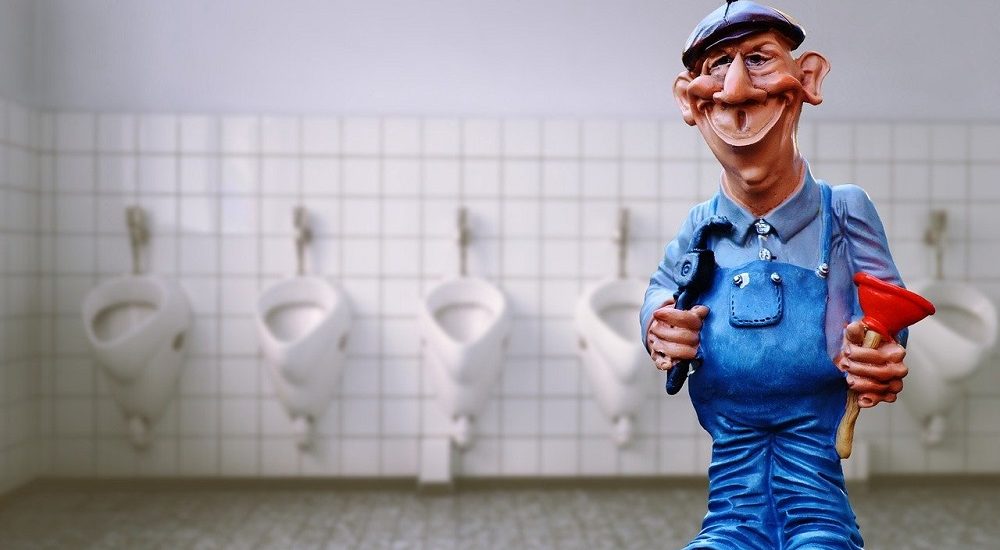For the last two years, the whole world has been fighting against viruses. The pandemic scared us and made us suspicious about the presence of viruses everywhere, whether it is the moment when we pick the food menu in a restaurant or purchasing groceries at a supermarket.
We doubt that viruses are everywhere, and this doubt pops up a few questions in our mind, like how to tackle viruses in a particular space. It is entirely different to tackle viruses in the kitchen compared to toilets. Viruses can be at any place, and the bathroom is one of them.
According to an IIT Bombay Study, the viruses in toilets can build recirculation zones (Dead Zones) that can cause deadly diseases. Routine cleaning of toilets is necessary for households and commercial spaces, but still, it is not impactful because the normal cleaning process is not enough to reach the dead zones and kill viruses there.
Many questions pop up in mind: Why are there dead zones, and how to tackle them? Here we are with some fantastic tips to help you tackle viruses that reside in your toilet.
Use An Effective Agent
Cleaning the toilet is part of your normal cleaning process, but are you using an effective cleaning agent? There are a plethora of products available in the market when it comes to the cleaning segment.
There are floor cleaners, toilet cleaners, and many other things available in the market. But what about their effectiveness? Choose one that is effective.
Proper Ventilation
As per the IIT Bombay study, the real reason behind the dead zones is the improper ventilation in toilets. Is your toilet equipped with the proper working ventilation system? If not, then switch to an appropriate method of ventilation right now.
A proper ventilation system pumps fresh air in dead zones below the basin, under the commode’s bowl, Etc. Try adding more fans to your ventilation system.
Disinfection
Are you cleaning your toilet? Pat yourself! Now, ask yourself whether you are disinfecting your toilet. Yes, we know most of us are not doing it very frequently. Disinfection is the process of eliminating germs from a place.
Choose a disinfectant product to eliminate germs and viruses from your toilet. You don’t have to use a harsh chemical because people of different generations will use the restroom. Harsh chemicals or disinfectants can cause harm to patients, old-aged people, and kids. Always try to find a natural disinfectant to avoid such liability.
High TouchPoints
Different persons highly touch some points in toilets. This pandemic has taught us that sanitizing high touchpoints is crucial because multiple hands are touching those points. In toilets, we have such issues very commonly.
From a door handle to the faucet and the flush tank lever, everything is high touch point and has germs on them. Such high touchpoints have an increased risk associated with them, and to minimize the danger, you need to disinfect these points before touching them.
Direct Natural Light
If lack of fresh air can cause the growth of germs and viruses, then what about sunlight? Direct natural light is also essential to eliminate all the germs and viruses in a toilet. If your bathroom is not getting enough natural sunlight, there is always a risk of spreading infection.
Try to push more light into your toilet, whether by a tiny window or just keeping the door open for a few hours in the day.
Summary
The risk of virus spread is always higher in compact spaces, as per the IIT Bombay study. Also, lack of ventilation and an improper natural light source can make it more dangerous. But cleaning, disinfecting, and having more fresh air and sunlight in a toilet can minimize the risk.
About Author
PARAG KAPOOR
Parag Kapoor has more than five years of experience as a writer. He uses a problem-solving approach to enrich his writeups that help readers overcome their pain points. His writeups explained complex health issues such as COPD and other respiratory disorders during the pandemic. Also, his blogs helped readers to grasp insights about top-selling products during the COVID-19 pandemics, such as multipurpose disinfectants, sanitizers, vaccinations, and many more.

